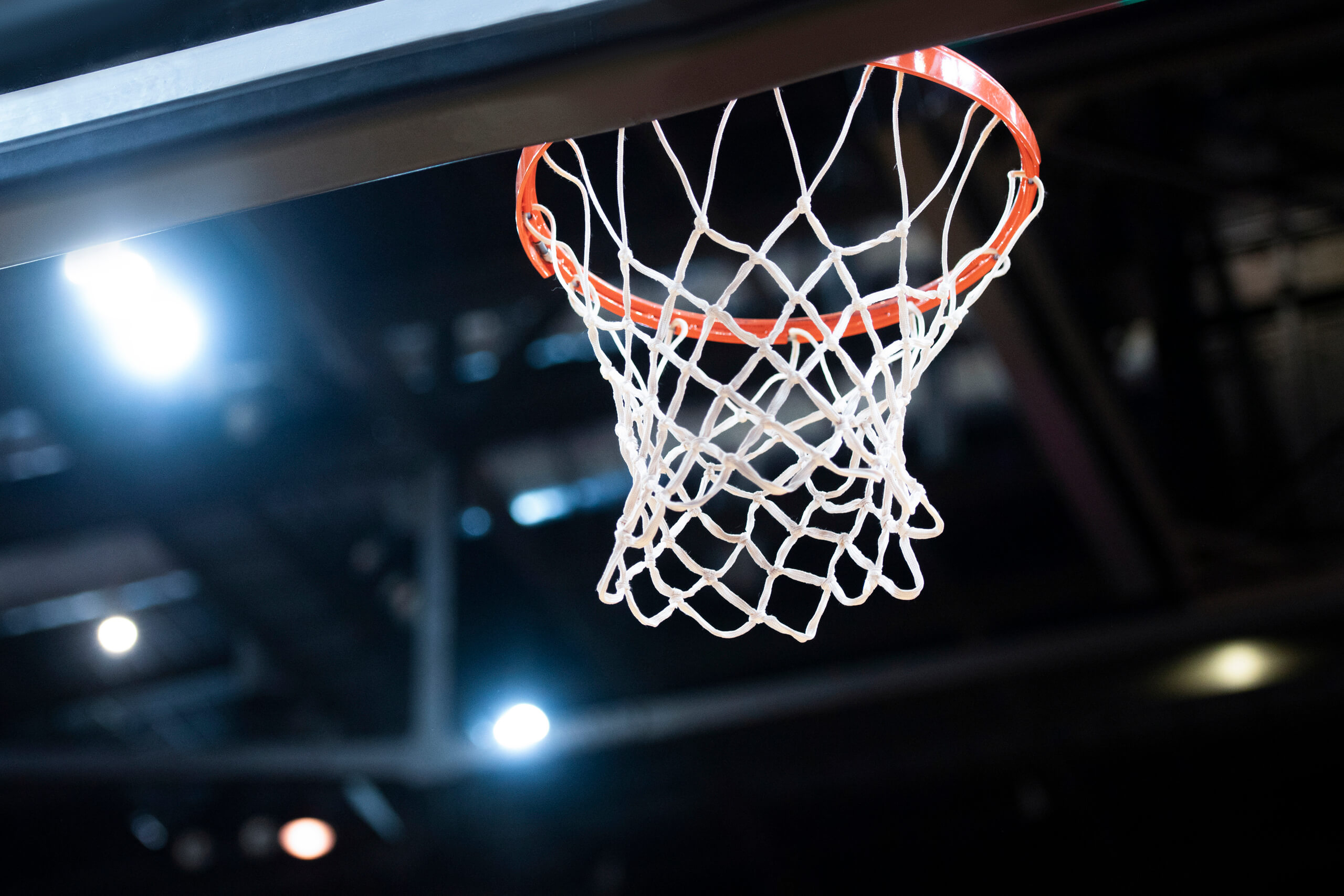
The new era of student-athletes earning compensation for their name, image and likeness (NIL) is only in its sophomore season but has already caused massive disruption in the sports and marketing industries. For decades, college athletes could not receive sponsorship money, even if they compete in a financially lucrative sport like football or basketball. Recent legal developments and policy changes by the National Collegiate Athletic Association (NCAA) have opened opportunities for student-athletes to get paid for business partnerships and for brands to promote themselves alongside college sports’ biggest stars. So how did the modern NIL landscape come to pass, how are these endorsement deals affecting the media landscape and how can you take advantage of this new opportunity?
What is NIL?
To prevent corruption of the sports it governs, the NCAA had resisted allowing athlete compensation since its founding. But on July 1, 2021, the organization implemented a policy that allowed for student-athletes to earn money off their own NIL after the Supreme Court ruling in NCAA vs Alston (2021). The Court found that the NCAA’s act of profiting off players’ NIL while not allowing athletes to do the same violated antitrust law. NCAA policy still does not allow for schools to directly pay their players in exchange for athletic performance, also known as “pay-for-play,” but students are permitted to receive payment for any activity outside the sport itself. Such activities include endorsements, appearing in commercials, autograph sales, social media influencing and acting.
What is The Impact of NIL on Student Athletes and College Sports?
NIL compensation has been well-received by the American public, with 75% of people agreeing student-athletes should have the freedom to earn money in exchange for their work, and 60% of fans saying it hasn’t affected their enjoyment of college sports. However, there are vocal detractors. Some fear that NIL compensation will encourage more university corruption, with athletic booster clubs forming “collectives” to essentially salary the players under the guise of an NIL endorsement. Others worry that this system will motivate players to transfer to schools for no competitive or academic reason, just for more profitable NIL opportunities, negatively impacting parity and competitiveness and weakening the overall quality of college sports. While keeping all these concerns in mind, there’s still no question that on the individual level, NIL is having a meaningfully positive impact on the lives of student-athletes. NIL sponsorship can transform the financial security of athletes from struggling families that need immediate support and provide income for athletes that do not have professional athletic opportunities after college, especially female athletes.
How Does NIL Affect Advertising?
Like clockwork, one can expect more commercials with baseball athletes around the time of the World Series, professional basketball icons to appear on the cover of cereal boxes during the NBA playoffs and the NFL Super Bowl MVP to shout “I’m going to Disneyland!” Until recently, there wasn’t an opportunity for brands to team up with collegiate stars during the football season or March Madness. College athletes offer a different appeal from that of professional athletes, one that is more honest and genuine, especially to their university’s local fans, and that credibility can be lent to the brand with whom they partner. The average college athlete enjoys a 10-15% engagement rate on social media, while professional athletes and social media influencers average only a 1-5% engagement rate. Total returns on investment for NIL sponsorships across industries can’t be calculated yet, but between the impressions major college sporting events receive, the social media engagement and the $917 million invested in NIL in 2022, there is a lot of potential in utilizing NIL sponsorship – and if your brand is a good fit for it, you can find success.

How Can Your Brand Take Advantage of NIL?
There’s no “right” way to endorse an athlete, and the old one-off, sponsored TikTok post is just one grain of opportunity in the new NIL sandbox. Companies like Nike and Nissan would have a hard time screwing up a commercial campaign with an Alabama quarterback or a Duke basketball star. However, the success of smaller NIL sponsorships is dependent not just on the athlete or the product, but above all, the execution. A standard social media influencer campaign is simple and will draw some eyes, but the more creative and novel your approach is, the better returns you’ll see.
Leaky Black of UNC basketball has a partnership with Ease Plumbing company for their “No Leaks In This House” campaign. The campaign featured a commercial with a mock press conference, a social media series and merchandise. Between his reputation as a stout defender and the obvious pun in his name “Leaky,” Black was the perfect choice for this North Carolina plumbing business’s promotion.
Kent State wide receiver Dante Cephas struck a deal with a local tavern inspired by his creative touchdown celebrations. Whenever he does his signature touchdown dance, fans can get $6 chicken sandwiches at Water Street Tavern the following Thursday.
Tahj Washington of USC started a cooking series called Chef Tahj and has since been a guest chef at Rock & Reilly’s, an on-campus stable at USC, in addition to securing a partnership with seasoning company Chef Merito’s.
Rather than sponsoring any one specific athlete, a Dunkin’ in Pittsburgh crafted a deal with 15 Pitt student-athletes for its local recruitment campaign. The deal includes a partnership with media company Jaster Athletes to create content during athletes’ cameos as Dunkin’ employees.
NIL endorsements are a promotional tool that benefits the most creative. To ensure your success, make sure you have a group of creative experts on your team bench. Rivers Agency is an award-winning advertising agency that for three decades has been an active community member of a college sports-crazed town. Reach out to us today so we can get you in the NIL game!